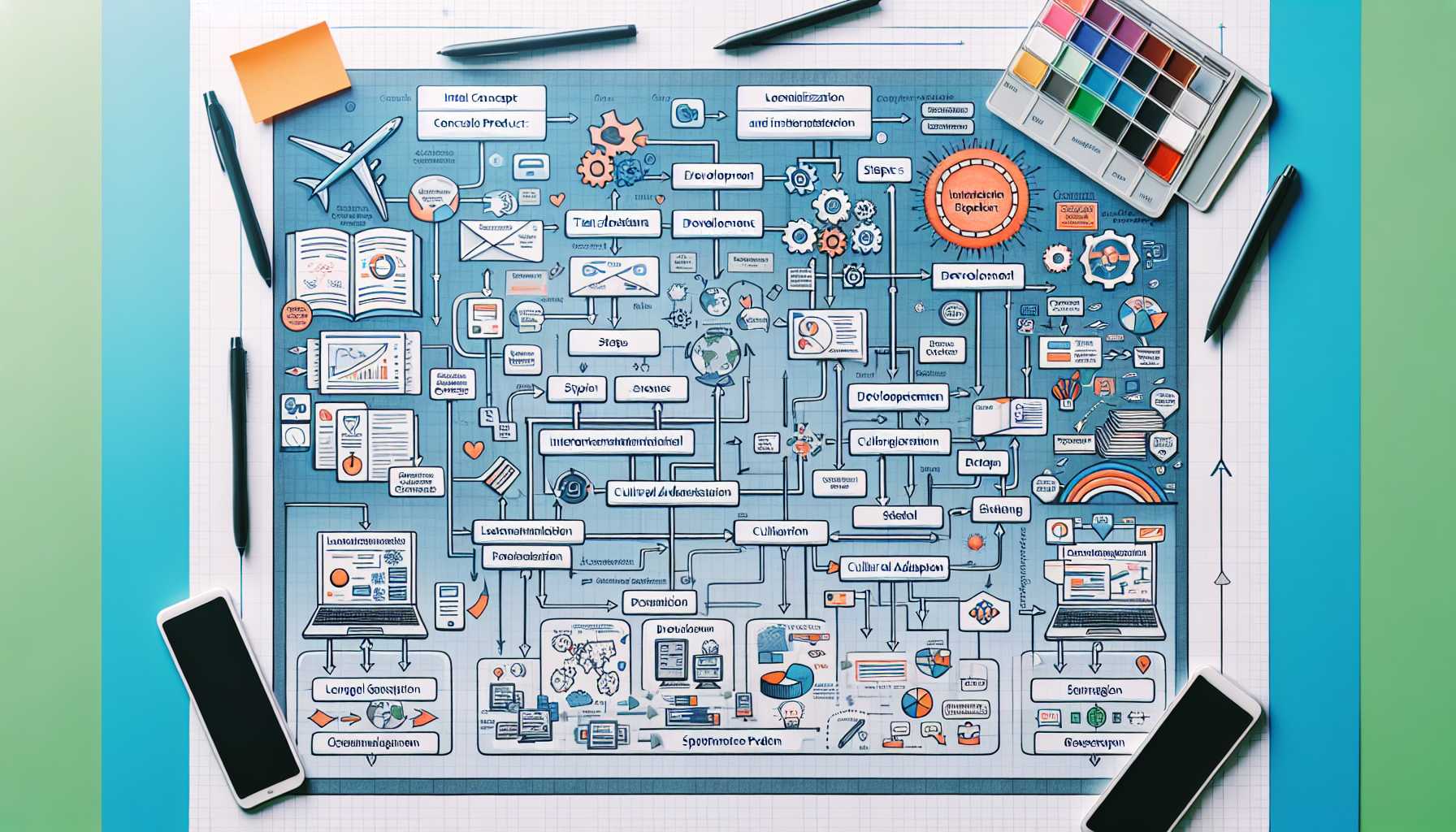Welcome to another deep dive into the intricate world of product management.
As seasoned product leaders, we are often challenged with extending our products beyond the domestic comfort zone and into the global market. Internationalization and global product strategy are more than just translating text or swapping currencies – they’re about a nuanced understanding of cultural, legal, and usage patterns that vary across regions. Let’s explore the effective approaches to global strategy and internationalization in software products through frameworks and personal experiences.
Understanding the Foundations of Internationalization
Internationalization, often abbreviated as i18n, is the process of designing a software product so it can be adapted to various languages and regions without engineering changes. It’s the bedrock upon which localization (l10n), the process of adapting your product for a specific market, is built.
From my experience, understanding the nuances in user behavior, regional laws, and technological infrastructures is crucial. Early in my career, I oversaw the expansion of our project management software into the Asian market. One of the first lessons we learned was the importance of meticulous i18n to simplify the subsequent l10n efforts.
Global Product Strategy Framework
A robust global product strategy framework is critical. The Geert Hofstede’s cultural dimensions theory was a starting point for us, but over time I’ve developed a more comprehensive approach specific to software products:
- Market Research: Understand local needs, competition, culture, and legal requirements.
- Internationalization Readiness: Ensure the product architecture supports multiple languages, time zones, cultural nuances, and legal compliances.
- Localization Strategy: Prioritize markets and customize your product to fit local preferences and usage patterns.
- GTM Strategy: Craft a Go-To-Market strategy that includes local partnerships, marketing, and support systems.
- Continuous Improvement: Use data-driven insights to refine and iterate on your strategy.
Personal Experiences: Challenges and Solutions
In the process of internationalizing a SaaS product for the European market, I faced a significant challenge with data compliance under GDPR. We had to rethink our entire data storage and processing architecture. The solution was establishing a cross-functional task force that not only addressed compliance issues but also led to the development of features that became unique selling points, such as advanced data encryption and privacy controls.
Localization vs. Standardization
During product internationalization, how do you balance localization with product standardization? This was a dilemma when we were tailoring an e-commerce platform for South American markets, where payment options dramatically differed from our base model. We devised a modular payment processing system that could be easily adapted to various local payment methods and integrated with domestic providers. We maintained core product standardization while enabling locale-specific extensions.
Leveraging Partnerships and Local Talent
I cannot stress enough the importance of leveraging local partnerships and talent. In a stint to launch a mobile application in Africa, we partnered with local telcos and recruited regional product managers. Their insights were invaluable; we revised our bandwidth usage strategies and optimized for lower-end devices prevalent in the market, which significantly improved adoption rates.
Measure Twice, Cut Once: Continuous Feedback Loops
Finally, integrate continuous feedback loops for perpetual learning and adaptation. In international markets, customer feedback is your compass. While scaling our software tools in Eastern Europe, we incorporated local user groups early into our development cycles, leading to more relevant features and higher user satisfaction.
Global software product strategy is as much an art as it is a science. It demands adaptability, deep cultural understanding, and a relentless focus on the user experience, tailored to each unique market. Every region presents new opportunities to learn and grow – as a product, and more importantly, as a global product leader.
“Culture is more often a source of conflict than of synergy. Cultural differences are a nuisance at best and often a disaster.” – Dr. Geert Hofstede
Concluding Thoughts
Global product strategy and internationalization are formidable undertakings that offer immense rewards for those willing to undertake the journey thoughtfully. Through frameworks, agile methodologies, and leveraging local insight, we can navigate the complex landscape, adapting and thriving on a global scale.
Until the next deep dive,
Your Fellow Product Leader

